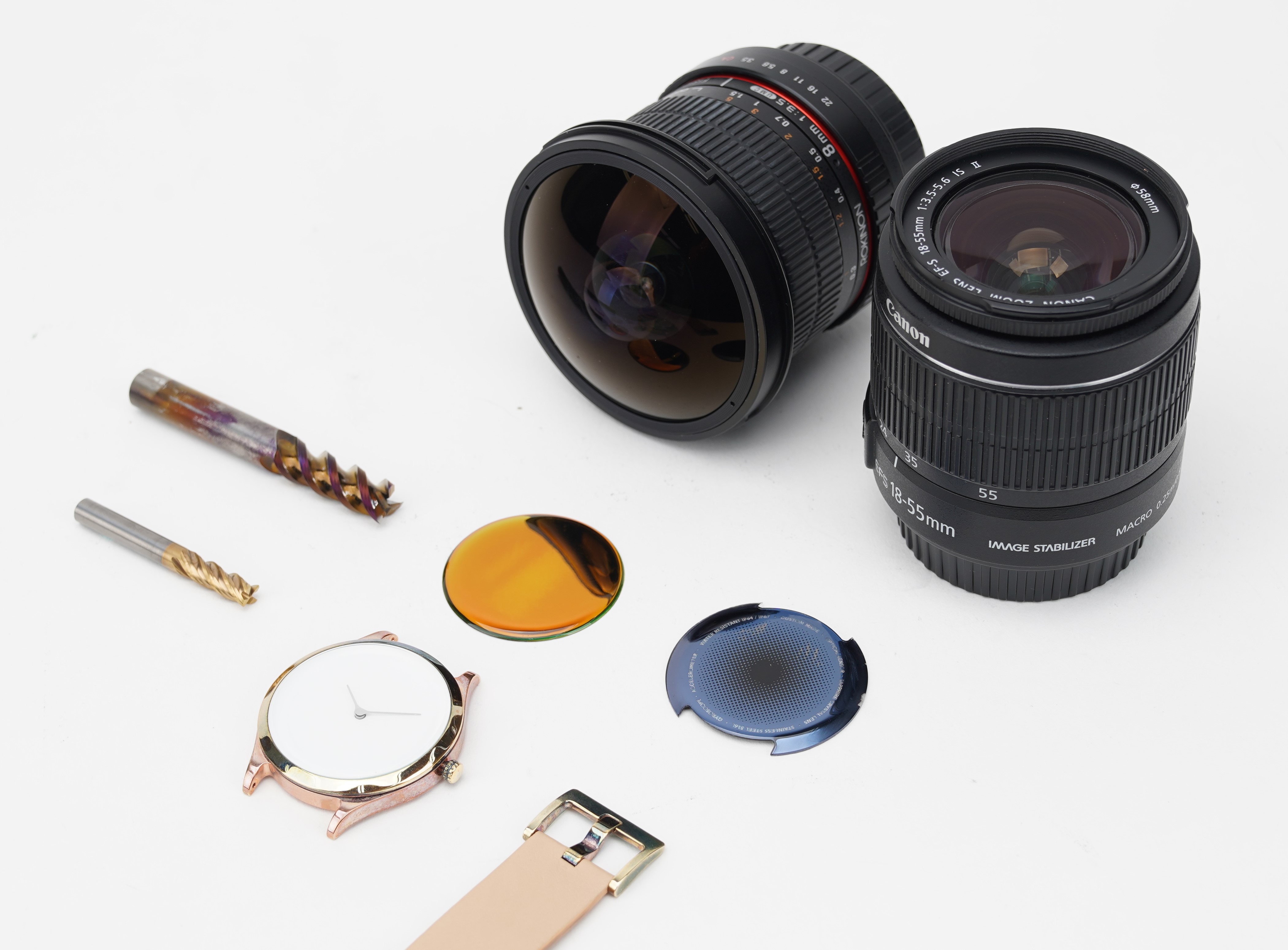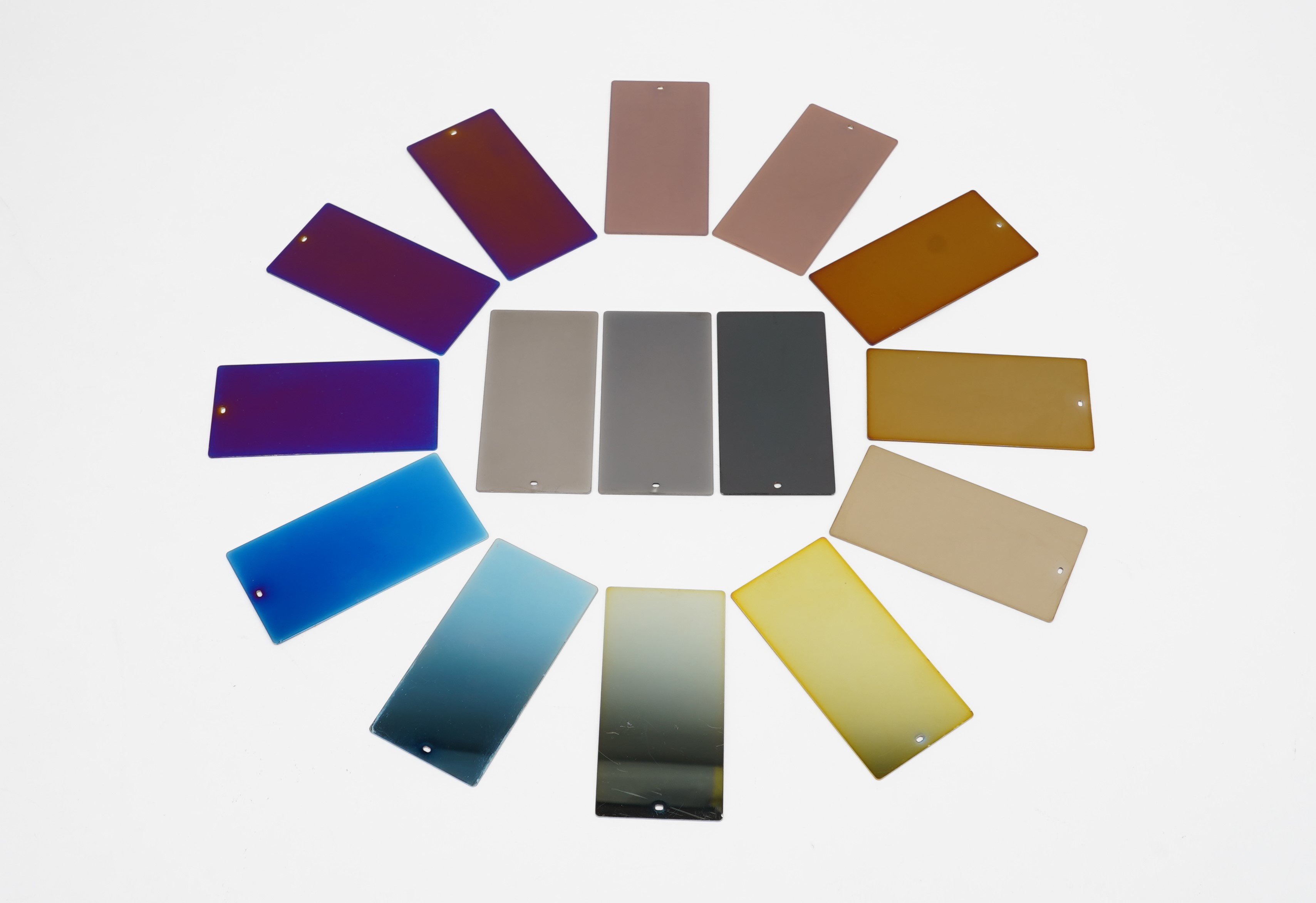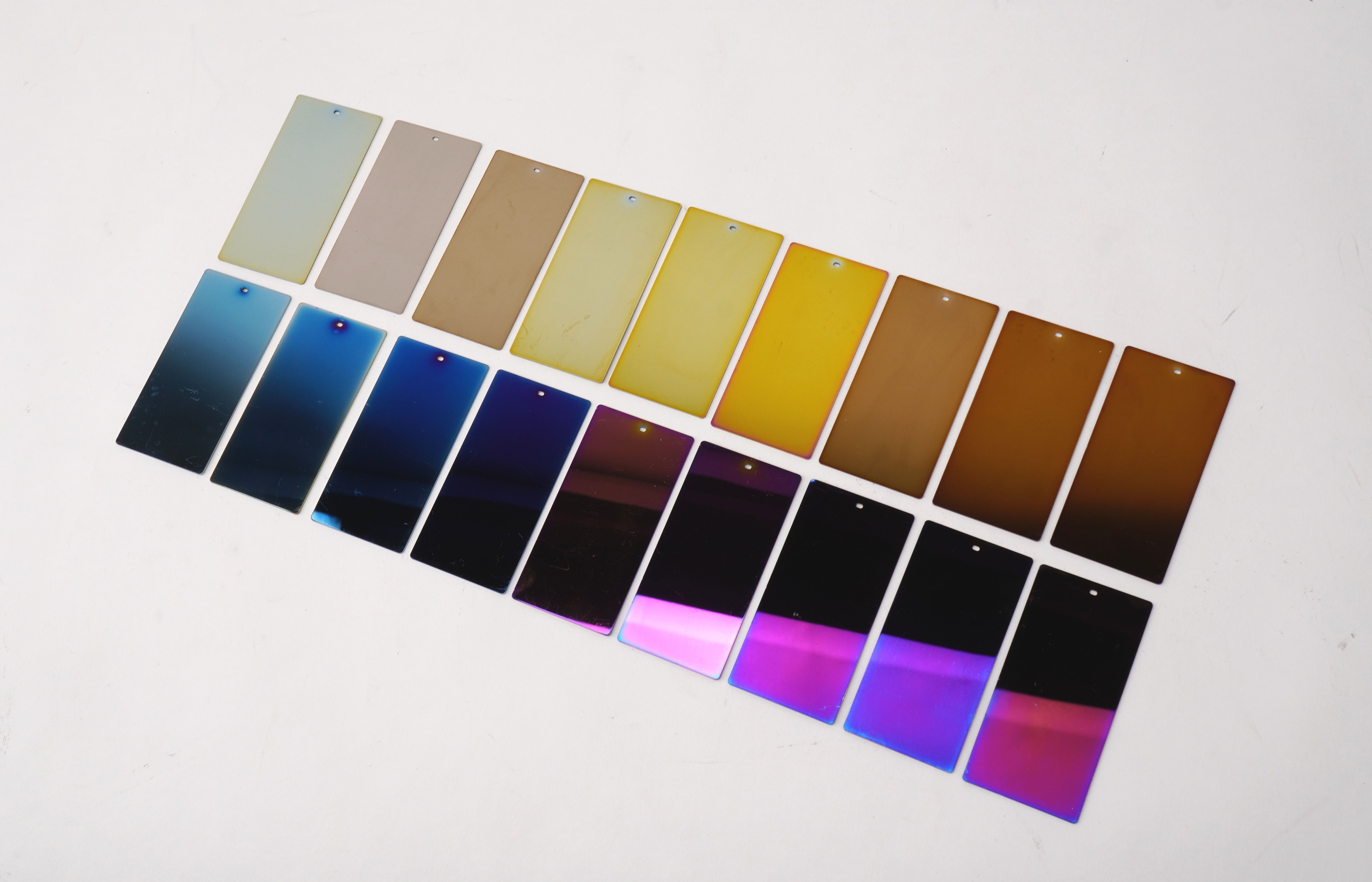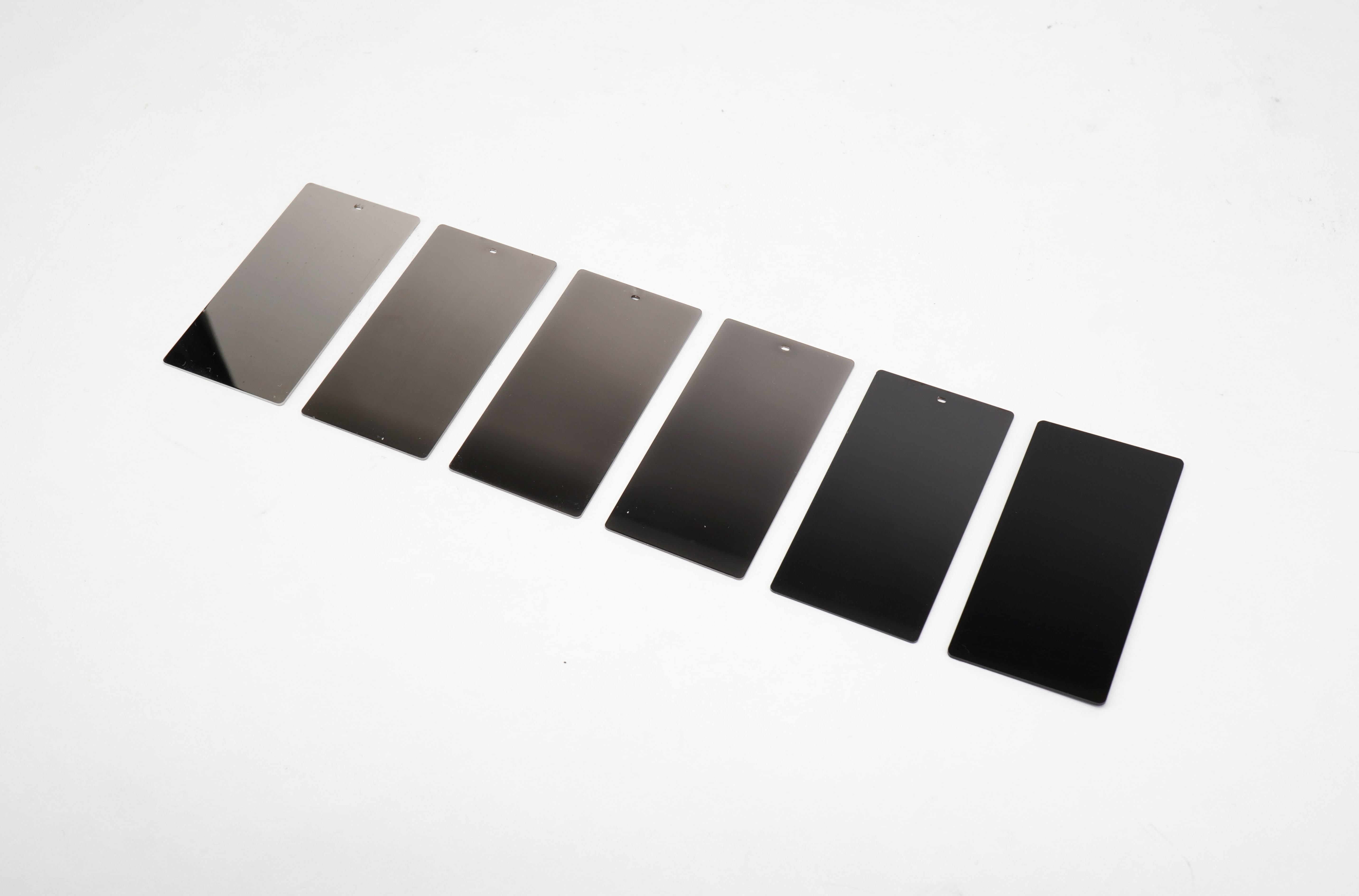Jun.06.2023
In-House Physical Vapor Deposition Capabilities
Physical Vapor Deposition (PVD)
Image's expertise in PVD goes beyond providing essential protection and enhanced durability to workpieces. With our custom-made in-house PVD equipment, we have the ability to give metallic textures a wide range of captivating colors for both metal and plastic workpieces. This versatility opens up the possibilities for unique and distinctive designs. Our PVD capabilities extend to various industries, including but not limited to the coating of premium timepieces, metal-textured packaging for cosmetics, eyeglass lens coatings, and more.
Image's In-House PVD Development Capabilities
Our custom-made in-house PVD equipment can accommodate two types of target metal materials and four types of gases, facilitating the mixing of various metal compounds like titanium dioxide (TiO2), titanium nitride (TiN), chromium nitride (CrN), and others. This capability enables the creation of a wide range of PVD colors.
The process of PVD involves suspending the workpiece on a turntable, which allows the metal compound to adhere as evenly as possible to the workpiece. Our PVD capabilities can accommodate workpieces up to a maximum size of 12-inch tablets, with potential limitations based on the workpiece's shape and geometry.
PVD Factors to Consider
PVD primarily controls the thickness of the metal compound to produce different colors. Some colors, such as gold, are less affected by variations in thickness, while others, like blue, green, and purple, can exhibit noticeable differences with just slight changes in thickness. As a result, the development time for PVD varies depending on the desired color, ranging from 2 to 3 days up to 3 to 4 weeks.
Since PVD involves a thin, semi-transparent film, achieving dark colors like black requires multiple layers of coating. However, there is a limit to the thickness of the coating that can be applied through this process. To achieve a completely opaque black color, It is necessary to combine PVD with the painting process.
The picture above shows the distinction between black PVD (second from far right) and black acrylic (far right). As shown, PVD cannot achieve a completely opaque black color as compared to acrylic.




